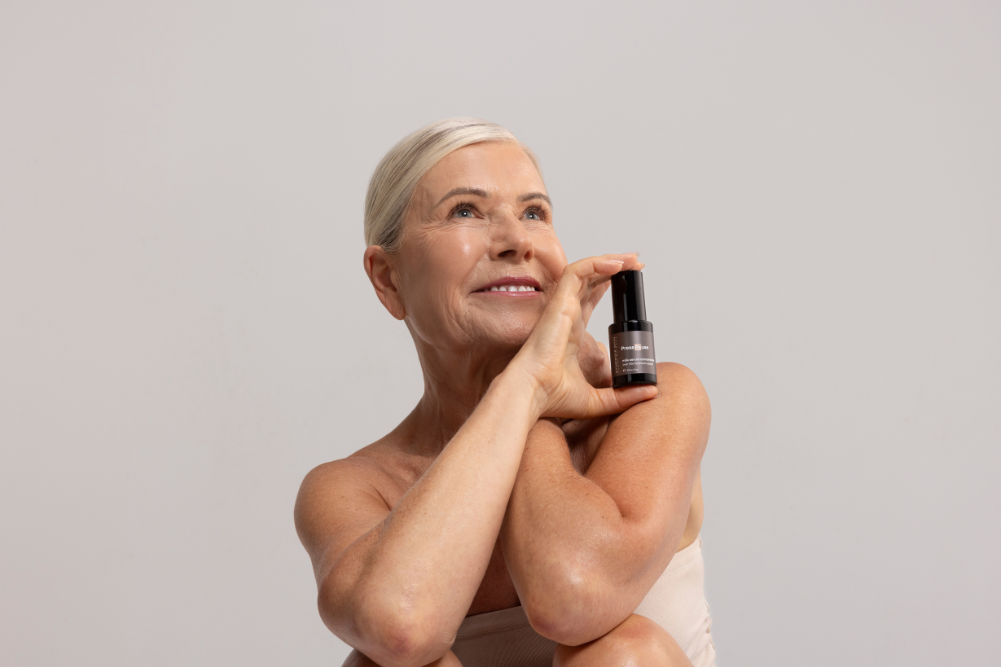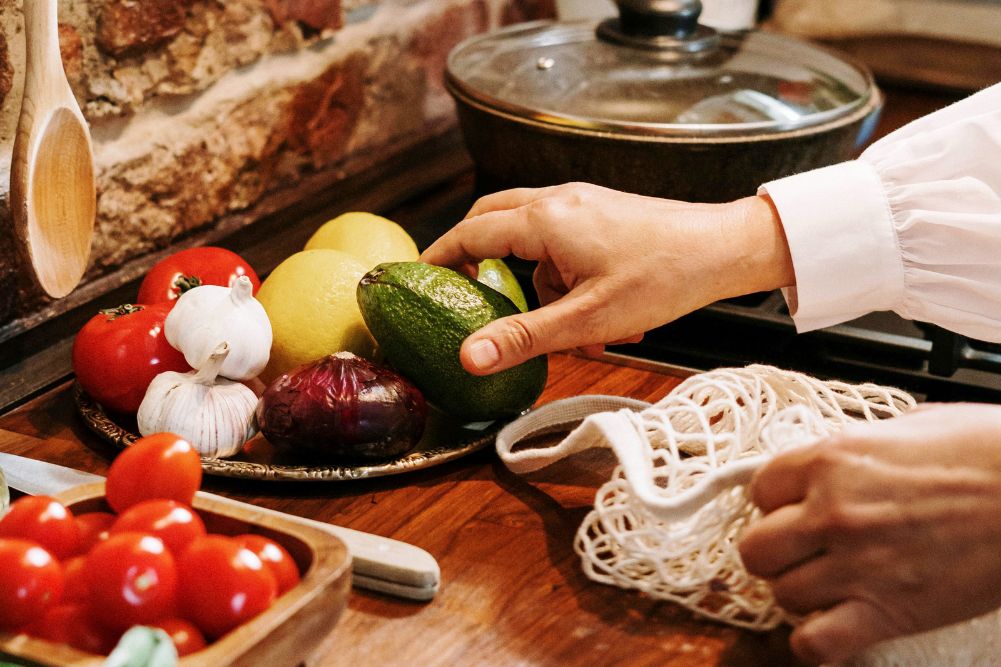13 natural alternatives to sugar
As we all know, sugar can be highly addictive and people often consume a lot more sugar than what they think. Unfortunately, overconsumption of refined sugar has been associated with many serious diseases, including obesity, heart disease, diabetes and cancer. For those of you with a sweet tooth, it’s best to swap refined sugars with natural sugar alternatives. But just because they are natural, does it mean they are as healthy as they claim to be? We take a look at the best alternative sugar sources on the market if you need to add a bit of sweetness into your life.
Raw honey
One of the oldest sweeteners in the world and one of nature’s most popular superfoods, honey also doubles as a healing agent due to its anti-inflammatory and anti-bacterial properties. It has an abundance of beneficial antioxidants including polyphenols and small amounts of vitamins and minerals including iron, zinc and potassium. Since raw honey is not processed or heated, the vitamins and minerals remain completely intact. Some studies have even found that honey can increase the level of “good” HDL cholesterol in the bloodstream. On the downside, honey breaks down in the body to glucose and fructose and so it has some of the health risks of sugar despite being marginally lower on the glycaemic index.
How to use it
Honey is best used sparingly, especially for diabetics since it is approximately 80 per cent sugar. It is great to use in smoothies, cakes and other bakes, sauces and marinades as well as a sweetener for your morning coffee or tea. If you’re baking with honey, it’s important to remember that it bakes faster than sugar, so it’s a good idea to reduce the oven temperature slightly to prevent it burning or browning too quickly. To maximise the health benefits of honey, its best to consume it in its raw, unpasteurised state since the pasteurisation process destroys some of its health benefits. Consider buying the “holy grail” of honey—Manuka honey from New Zealand —forthe best of honey’s health benefits.
Stevia
Extracted from the South American plant species Stevia rebaudiana, stevia, also marketed as steviol glycoside, is possibly the healthiest choice when it comes to sugar alternatives since it is 100 per cent natural. Stevia has no calories so it is particularly beneficial to diabetics and people on a low calorie/sugar diet. Some studies have even suggested that it can lower blood sugar and insulin levels. Stevia can have a slightly bitter metallic aftertaste, so try to experiment with a few in both liquid and powder form to find out which one works for you. Try to avoid brands that are processed and bleached since they usually contain other chemicals, toxins and preservatives.
How to use it
When using stevia, remember a little goes a long way. Stevia is best used sparingly since it is much sweeter than sugar. As a replacement ratio guide, consider one teaspoon of stevia to one cup of sugar to give it a similar sweetness profile. Since stevia is heat-stable it can be used in baking, however it won’t add texture to baked goods the way granulated sugar does so it is best used in combination with other natural sweeteners to add texture (if desired).
Maple syrup
This deep-coloured syrup is a natural sugar alternative full of antioxidants (up to 24 different kinds) and is known for its anti-inflammatory qualities. It’s also rich in vitamins including calcium, potassium, zinc, magnesium and iron. Since maple syrup is sourced directly from tree sap, it usually goes through minimal processing. When you’re buying maple syrup, look for deep-coloured syrups, which have been tapped later in the season. This means that they are even higher in nutrients and contain more beneficial antioxidants.
How to use it
Since maple syrup is very high in sugar, it is best to consume it in moderation, especially if you have diabetes or are watching your calories. It is heat-stable so is very versatile for cooking and baking. Its rich, caramel-like flavour profile makes it a great sugar alternative for glazes, sauces, granola, cookies and cakes. If you normally use one cup of sugar in baking, try substituting it with 3/4 cup of maple syrup.
Xylitol
Xylitol, also known as birch sugar, is extracted from corn or birch wood and is found in many fruits and vegetables. It is a sugar alcohol with 40 per cent fewer calories than sugar and is one of the healthiest sugar alternatives on the market since it does not raise blood sugar or insulin levels nor does it contain fructose. It can also help improve dental health by reducing the risk of tooth decay and may help to increase your body’s absorption of calcium.
How to use it
Xylitol is generally safe to consume but consuming it in excess can cause side effects like gas, bloating and diarrhoea. It’s also highly toxic to dogs, so appropriate care should be taken to keep it out of reach if you have pets. Since it has significantly fewer calories than refined sugar and a relatively low GI, it is suitable for diabetics and people who are counting their calories.
Agave nectar
Produced from the agave plant in Mexico, agave nectar (also known as agave syrup) has a similar taste to honey but with a runnier consistency. It contains about the same calories as honey but on the downside is very high in fructose (85-90 per cent), one of the highest of any commercial sweeteners on the market. This syrupy sweetener has a relatively low-glycaemic index but its negatives tend to outweigh the positives when it comes to health benefits.
How to use it
Agave nectar is a great honey substitute for vegans since the taste and consistency is similar. It is sweeter than sugar, has a long shelf life, and can be used in place of other sweeteners in nearly any cooking situation. However since it’s a liquid the measurements may have to be adapted slightly for baking recipes
Yacon syrup
Extracted from the South American yacon plant, yacon syrup is dark in colour and is quite thick in consistency, similar to molasses. Recently it has gained popularity as a weight-loss supplement since it contains a type of sugar molecule that cannot be digested and decreases the hunger hormone ghrelin. Due to this it contains one-third of the calories of regular sugar, or about 1.3 calories per gram.
How to use it
Yacon syrup is a great addition to your morning coffee or tea, or a sweetener to porridge, muesli and salad dressings. Although this syrup is generally considered safe, it is recommended not to consume it in high amounts since it can have digestive side effects including excess gas and diarrhoea. Since it breaks down at high temperatures it is not recommended for most forms of baking.
Coconut sugar
Everyone’s been a bit crazy for coconuts lately so it makes sense coconut sugar is surging in popularity. Made from the extracted sap of the flower buds of the coconut, this sugar is a great natural alternative since it is unrefined and retains all of its vitamins and minerals including magnesium, iron, zinc, calcium and potassium. It has a caramel-like taste and sweetness is similar to granulated sugar. It is low GI compared to sugar, due to its inulin content (a type of fibre which may slow glucose absorption into the bloodstream).
How to use it
Coconut sugar is a great replacement for white and brown sugar for baking cakes and pastries since it measures the same. Since it is coarser than refined sugar, it is recommended to put it into a food processor when a recipe needs a fine sugar until the desired texture is reached. Since it is a luxury good and not mass-produced, it is likely to be more expensive at your local supermarket.
Erythritol
Similar to xylitol, erythritol is a sugar alcohol that contains even fewer calories (approximately 6 per cent of the calories of sugar). Its taste is very similar to sugar, making it an easy multi-purpose sugar alternative. Erythritol also does not raise blood sugar, insulin, cholesterol or triglyceride levels.
How to use it
Erythritol is a great multi-purpose sugar alternative, especially for people who are overweight or have diabetes.
Date paste
Date paste is easy to make at home using a blender with water and pitted dates. It has a high level of antioxidants and is rich in potassium, copper, iron, manganese, magnesium and vitamin B6. Recent studies have suggested that date consumption may even help reduce LDL cholesterol.
How to use it
Dates can be particularly tasty in smoothies, baked goods, cookies, muffins, sauces, marinades and salad dressings. To make a date paste at home, just soak the dates in hot water until soft and reserve the liquid, then add to a food processor and blend until smooth. Since dates are sweeter than sugar, it is recommended that you reduce the amount you add, approximately 2/3 cup of date paste to one cup of sugar.
Molasses
Molasses, obtained from boiling raw cane sugar, is highly nutritious and is particularly rich in potassium, copper, calcium, iron, selenium and vitamin B6. Its benefits depend on the type of processing the molasses has gone through. Thick and gooey, organic blackstrap molasses is the most nutrient-dense form of molasses since it goes through a third boiling process that further consolidates its nutrients and removes as much sucrose as possible, resulting in a deeper, richer flavour.
How to use it
Blackstrap molasses is often recommended as a great vegan source of iron since it contains more iron than any other natural sweetener. Due to its rich flavour it’s best used for marinades and baking. For lighter dishes wanting a more delicate flavour, molasses is not recommended.
Monk fruit
Similar to stevia, monk fruit sugar or luo han guofruit is another great low-carbohydrate natural sugar alternative. It’s fermented from the pulp of the fruit, which removes the sugars but leaves a residual sweet flavour. Monk fruit has been used in China for centuries to treat diabetes and obesity due to its low-calorie content. Monk fruit is rich in antioxidants called mogrosides and has anti-inflammatory qualities. Make sure you read the labels, since not all monk fruit is created equal and some contain additives.
How to use it
Monk fruit has a similar flavour profile to cane sugar so it is quite versatile when it comes to cooking and baking. It is 300–400 times the sweetness of cane sugar though, so make sure to use it sparingly. It works well when used in chilled recipes, beverages like mocktails, cheesecakes, jelly and chilled puddings.
Brown-rice syrup
Brown-rice syrup is made from fermented cooked brown rice that is boiled until a syrup consistency is produced and just glucose is left behind. Since it contains no fructose it is much more healthy than agave nectar but on the downside it contains no real nutrients and consists of 100 per cent glucose (40 per cent higher than sugar) so isn’t suitable for diabetics due to its high-glycaemic index.
How to use it
This thick, amber-coloured syrup is ideal for recipes that call for corn syrup like granola and should be used as a one-to-one ratio. Brown-rice syrup sweetener should be strictly avoided by coeliacs unless it is specifically a gluten-free brown-rice syrup. It’s best to check the label.
Banana puree
Banana puree is a great natural sweetener since it has a sweet and subtle flavour and is rich in fibre, potassium and vitamins B6 and C. It’s easy to make at home by pureeing bananas in a food processor with a splash of water.
How to use it
Since bananas brown when they’re exposed to air, the puree should be used as quickly as possible in recipes. To reach the desired consistency, adjust the water content and even add a splash of lemon to stop the oxidation process.








